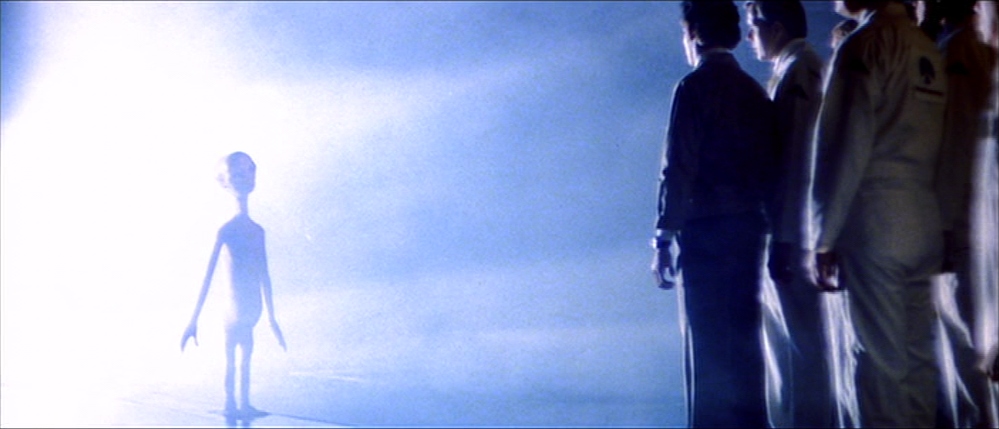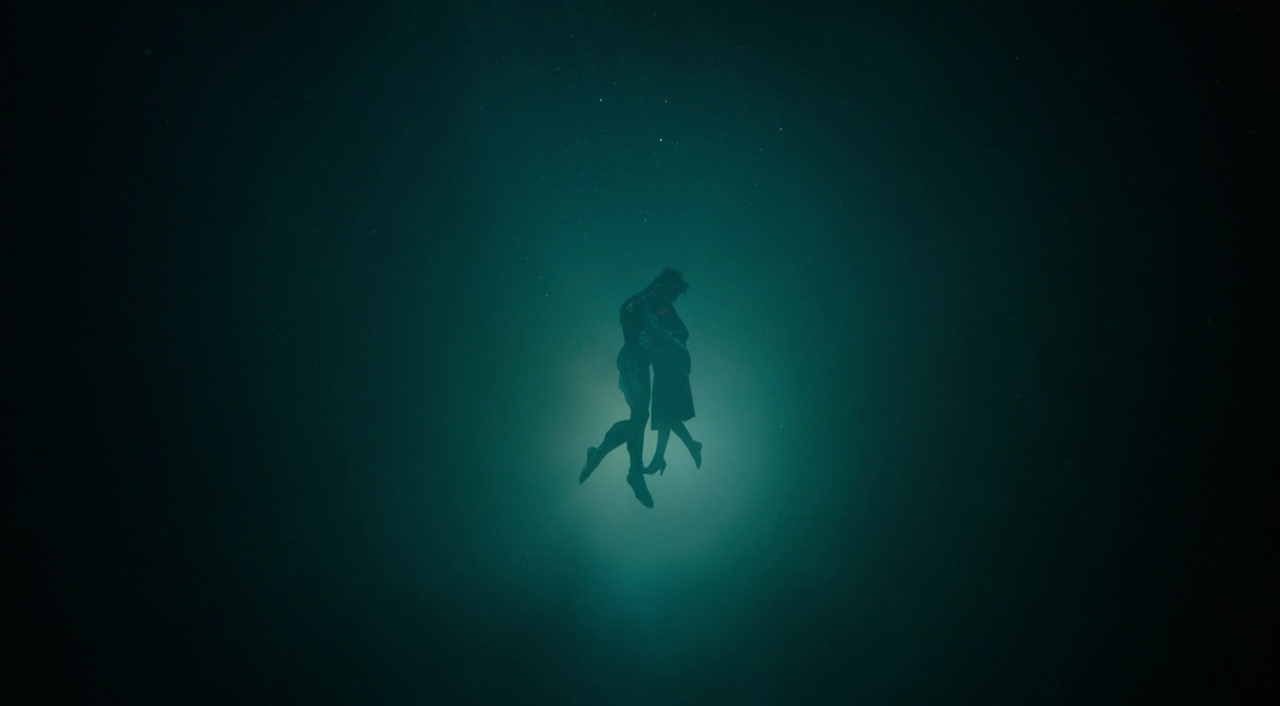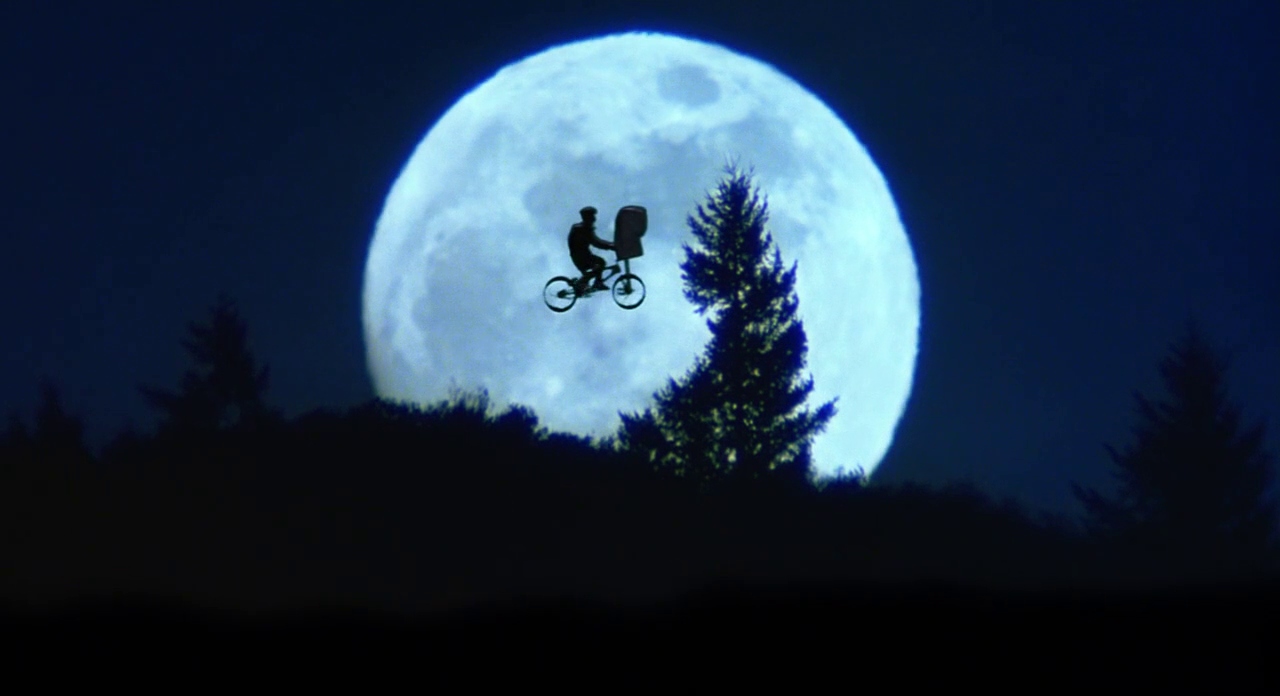The fascination with the concept of extraterrestrial life has long captivated the human imagination. For centuries, we have looked to the skies with wonder, pondering the possibility of otherworldly beings. In the realm of cinema, this fascination has translated into a rich tapestry of alien characters and narratives that have evolved significantly over the years. From menacing invaders in early science fiction classics to complex, empathetic beings in modern cinema, the portrayal of aliens has undergone a remarkable transformation.
Early representations of aliens in film were largely shaped by the prevailing anxieties and fears of the times. The 1950s, marked by Cold War tensions and the looming threat of nuclear war, saw the emergence of alien invaders as a metaphor for external threats. Films like “The War of the Worlds” (1953) and “Invasion of the Body Snatchers” (1956) depicted aliens as malevolent conquerors who aimed to subjugate humanity. These extraterrestrial beings served as allegorical warnings about the dangers of the unknown and the perils of conformity.
As the decades rolled on, the portrayal of aliens began to shift. The 1970s and 1980s brought a more nuanced approach to these extraterrestrial entities. In “Close Encounters of the Third Kind” (1977), Steven Spielberg introduced the idea of peaceful contact with aliens, emphasizing communication and curiosity rather than hostility. Similarly, “E.T. the Extra-Terrestrial” (1982) humanized aliens by depicting a heartwarming friendship between a young boy and a stranded extraterrestrial.
The turn of the 21st century saw a profound transformation in how aliens were portrayed on screen. Filmmakers increasingly explored the complexity of interspecies relationships and the moral dilemmas that arise when humans encounter extraterrestrial beings. Movies like “District 9” (2009) delved into issues of discrimination and segregation, using aliens as allegorical stand-ins for real-world marginalized communities.
In this article, we will take a journey through the decades, tracing the evolution of alien representation in films. We will explore how societal, technological, and cultural changes have influenced the way we perceive extraterrestrial life on the silver screen. From the early days of alien invasion fears to the contemporary narratives of empathy and cooperation, we will dissect the shifting narratives and characterizations of aliens in film.
Evolution of Alien Representation in Films
Encounters of the Friendly Kind (1970s-1980s)
The 1970s and 1980s marked a significant shift in the portrayal of aliens in film. Filmmakers explored the possibility of peaceful and even heartwarming interactions with extraterrestrial beings, moving away from the paranoia of the previous decades.
Close Encounters of the Third Kind (1977): Directed by Steven Spielberg, this iconic film explored the idea of close encounters with aliens as awe-inspiring and ultimately benign experiences. It emphasized communication through music and light, a stark departure from the fear-driven narratives of the 1950s.

Star Wars (1977): George Lucas’s space opera introduced audiences to a diverse array of alien species, some of whom played crucial roles in the galactic struggle between the Jedi and the Sith. From Wookiees like Chewbacca to the enigmatic Yoda, these aliens became beloved characters in the Star Wars universe, contributing to a sense of inclusivity in the cosmos.
E.T. the Extra-Terrestrial (1982): Another Spielberg masterpiece, this film brought the concept of friendship with an alien to the forefront. The heartwarming story of a young boy’s bond with a stranded extraterrestrial, E.T., touched the hearts of audiences worldwide. It showcased the vulnerability and emotional depth of alien characters.
Starman (1984): Directed by John Carpenter, this film portrayed an alien visitor taking on a human form and embarking on a journey to return home. It explored themes of empathy, understanding, and the beauty of human connections.
Cocoon (1985): Directed by Ron Howard, this science fiction comedy-drama centered on a group of elderly individuals who encounter a group of friendly alien beings. The film explored themes of rejuvenation and the transcendent power of friendship across species.
The Last Starfighter (1984): While primarily an adventure film, it featured an alien named Grig who played a crucial role in training the film’s protagonist as a starfighter pilot. The portrayal of Grig emphasized camaraderie and cooperation between humans and aliens.
Alien (1979): Directed by Ridley Scott, this horror classic presented a stark contrast to the friendly encounters of the era. The xenomorph, an extraterrestrial creature, was a terrifying and relentless predator that haunted the crew of the spaceship Nostromo. This film exemplified the continued fear of the unknown and the potential dangers of alien encounters. Although, the alien’s physical appearance is unique (of course, it is designed by H. R. Geiger), its behavior lacks creativity and it’s the writers and director’s fault. The creature acts as a standard Earth predator and can be easily replaced with a lion, a tiger or a grizzly bear.

The Sci-Fi Renaissance (1990s-2000s)
The 1990s and 2000s ushered in a new wave of science fiction films that continued to shape the perception of aliens in cinema. While the fear of alien invasion persisted, filmmakers introduced more complex narratives and characters.
Independence Day (1996): Directed by Roland Emmerich, this blockbuster depicted a worldwide alien invasion, emphasizing humanity’s unity in the face of a common threat. While the aliens were menacing, the film also portrayed international cooperation and resilience.
Contact (1997): Based on Carl Sagan’s novel, this film directed by Robert Zemeckis delved into the idea of peaceful communication with extraterrestrial beings. The film explored the role of science, faith, and the pursuit of knowledge in our interactions with aliens.
Signs (2002): Directed by M. Night Shyamalan, this film blended science fiction with psychological thriller elements. It revolved around a family dealing with mysterious crop circles and an impending alien invasion. The film delved into themes of faith and the unknown.

War of the Worlds (2005): Steven Spielberg revisited H.G. Wells’ classic novel, presenting a harrowing alien invasion where humanity struggled to survive. The film showcased the resilience of the human spirit against insurmountable odds.
The Age of Empathy (2010s-Present)
In recent years, the portrayal of aliens in cinema has undergone a significant transformation, emphasizing empathy, understanding, and the moral complexities of human-alien relationships.
Arrival (2016): Directed by Denis Villeneuve, this thought-provoking film focused on linguistic communication as a means to bridge the gap between humans and aliens. It explored the challenges of deciphering an extraterrestrial language and the potential for peaceful coexistence.
The Shape of Water (2017): Guillermo del Toro’s visually stunning film presented a unique interspecies romance between a mute woman and an amphibious humanoid creature. This unconventional love story challenged societal norms and celebrated the idea of love transcending boundaries.

Ad Astra (2019): While not centered on alien encounters, this film explored the isolation and existential questions faced by an astronaut in the vastness of space. It touched on themes of loneliness and the search for meaning, mirroring the isolation of the unknown.
The Midnight Sky (2020): Directed by George Clooney, this post-apocalyptic science fiction film featured an Earth on the brink of destruction and an astronaut’s quest to communicate with a returning spaceship. It highlighted the importance of communication, empathy, and cooperation in the face of global catastrophe.
Future Horizons and Uncharted Territories (2020s and Beyond)
Looking ahead, the representation of aliens in film is poised to continue evolving. Advancements in technology, such as virtual reality and artificial intelligence, may provide filmmakers with new tools to create even more immersive extraterrestrial experiences. Moreover, as our understanding of the cosmos deepens through scientific discoveries, it is likely that films will explore increasingly sophisticated and plausible portrayals of alien life.
While the themes of empathy and cooperation have gained prominence in recent years, they are expected to remain central to future alien narratives. As humanity grapples with global challenges, including environmental crises and sociopolitical divisions, films about aliens will continue to serve as allegorical reflections of our own struggles, aspirations, and capacity for change.
The evolution of alien representation in films reflects not only changes in cinematic technology but also the shifting paradigms of society and culture. From the early days of alien invasions born from Cold War anxieties to the contemporary emphasis on empathy and cooperation, cinema has served as a mirror to our evolving perceptions of the unknown.
In many ways, the changing portrayal of aliens parallels our own changing attitudes toward the unfamiliar. As we have progressed from fearing the unknown to seeking understanding and empathy, so too have our cinematic representations of aliens evolved. This transformation reflects a broader human desire for connection, communication, and the hope of a more inclusive future.
Moreover, the portrayal of aliens in film serves as a powerful commentary on the human condition itself. Whether as menacing invaders or misunderstood outsiders, aliens have been used to explore themes of fear, prejudice, and our capacity for both cruelty and compassion. These narratives remind us of our shared humanity and challenge us to confront our own biases and prejudices.
The history of alien representation in cinema is a testament to the ever-changing nature of our collective imagination. From invaders to friends, from fear to empathy, aliens in films have mirrored our evolving relationship with the unknown, inviting us to contemplate not only the mysteries of the cosmos but also the depths of our own humanity. In this ongoing cinematic journey, one thing remains clear: our fascination with the extraterrestrial is as boundless as the universe itself.



